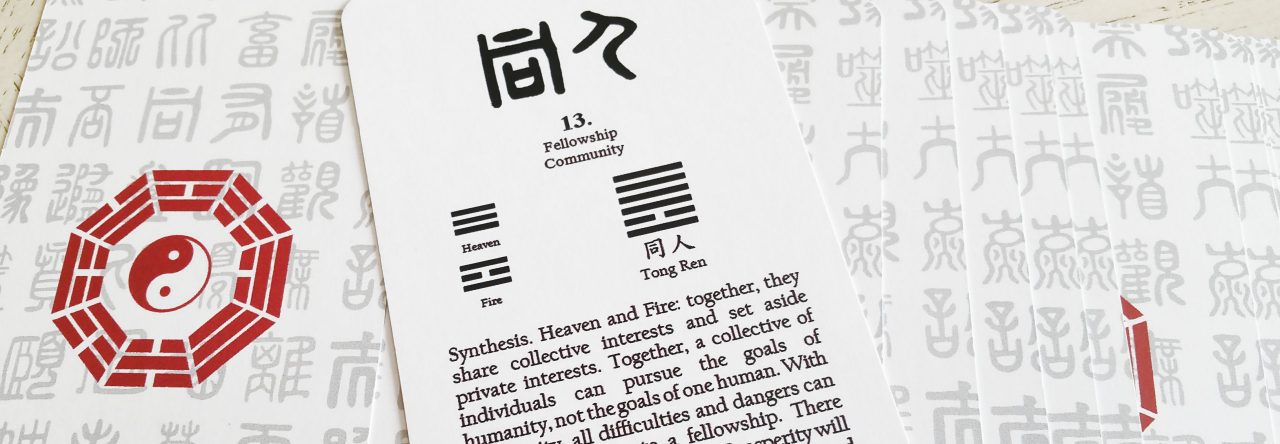“When rationality runs dry, it’s Red that will reconcile this world, a hue vibrant and vital inside its brown.”
And so opens Chapter 1, Zero, of Red Tarot: A Decolonial Guide to Divinatory Literacy by Christopher Marmolejo. This is going to be a tarot book like no other. I can tell already. :: hearts for eyes ::
“To be born, this work broke open my heart, and so let this reading be opened by my blood offering, a requisite pound of flesh…”
Marmolego’s writing is going to draw out your feels, that’s for sure. Either you will be fully onboard this train or you will be left scratching your head. You’ll see what I mean. Let’s continue.
Red Tarot is not an easy read, but it’s not intended to be. It’s filled with dense layers covering symbolism, mythology, history, present day politics, literature, and so much more. This book is about shedding red light on each card in the tarot to reveal it as a prism of political praxis, inspired after Prof. Sandy Grande’s Red Pedagogy.
Each tarot card entry draws from four key disciplines:
- literary fiction as political expression,
- gender studies and theory,
- anti-colonialist philosophy of education and decolonizing pedagogy, and
- performance studies, whereby theatrics, divination rituals, ceremonial rites, and social expressions are revelatory of core truths in the human experience.
This is achieved by weaving in the teachings of Toni Morrison, bell hooks, Paulo Freire, and José Esteban Muñoz.
Continue reading “Red Tarot by Christopher Marmolejo (North Atlantic Books, 2024)”


























